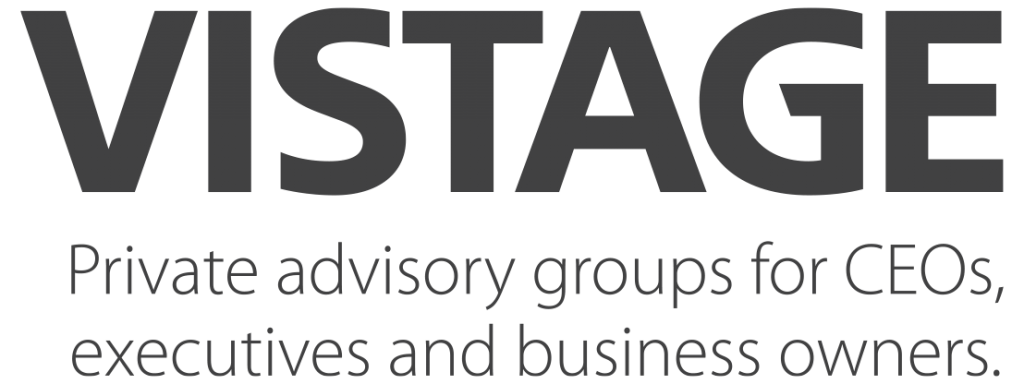
Managing moderate to fast growth can be a significant challenge for business owners. It’s common for revenues and profits to not align with the operational needs of the organization. Finding the right staffing level becomes a complex task, and few organizations are perfectly staffed at any given time in their business journey. To navigate these challenges, business owners need to make trade-offs, balance short and long-term goals, and be mindful of creating financial holes that could be difficult to fill. While optimism is crucial in business leadership, a thoughtful and pragmatic approach is necessary when considering organizational and operational capacity.
There are three primary ways to build organizational capacity: building it, renting it, or buying it. When you choose to build capacity, you take complete responsibility and ownership for creating that capacity in-house. This process involves several steps, starting with conducting a capacity skills gap assessment. Next, you evaluate the existing staff capabilities to identify any gaps that can be bridged through coaching or training. If there are skills or expertise that cannot be addressed internally, you may need to look outside the organization and hire a full-time or part-time solution.
Renting capacity involves contracting with external contractors or third-party resources to purchase chunks of time and leverage their subject matter expertise or available bandwidth. This approach is typically suitable for skill requirements that cannot be fulfilled by in-house talent. By renting capacity, businesses can access specialized skills on a temporary basis.
In some cases, acquiring or merging with another entity may be advisable when a business lacks certain capacity strengths and infrastructure capabilities. Building these capacities from scratch would be time-consuming and expensive. Additionally, the capacity needs may require substantial focus and time, making a part-time or rented solution impractical.
Companies usually opt to build in-house capabilities when they have the necessary time and resources. Building these capabilities internally is seen as critical to strategic focus, operational demands, and meeting client expectations. Whether it’s done internally or externally, the business model needs to be reshaped or expanded to accommodate current and future performance needs. There is a recognition that these skills must be available in-house consistently and may need further development in the future. Staffing models and strategic business requirements play a crucial role in driving the investment in building in-house capabilities.
Renting capacity is a strategic and tactical approach employed by many companies. For example, a business may need to reach a certain size before requiring full-time accounting, HR, or information technology skills in-house. Additionally, some skills may only be needed on an episodic basis, such as legal services. Many companies also rely on agencies to provide temporary staffing or as a mechanism for screening potential full-time employees, addressing short-term operational needs, and ensuring cultural and competence fit.
Lastly, companies may choose to buy capacity when faced with rapid growth and increasing organizational complexity that cannot wait for long-term in-house solutions or be adequately addressed through partial rental solutions. In such cases, the current or short-term business demands exceed the operational delivery capacity, making it challenging to keep up with the workload and requiring skill sets that are not easily accessible or scalable through other means.
As a leader, it is essential to consider all three options—building, renting, and buying capacity—continuously. Rarely will a single path suffice at all times. When faced with the operational challenges of adding labor and skill sets to the business model, it’s crucial to match the capacity-building strategy with the business reality.
Let’s consider a hypothetical business called ABC Tech Solutions that is experiencing moderate to fast growth. They provide IT consulting services to clients and have seen a surge in demand for their services. As the business owner, you are facing the challenge of managing this growth and determining the best approach to build the necessary organizational capacity.
Building Capacity: In this scenario, ABC Tech Solutions decides to build capacity in-house. First, you conduct a capacity skills gap assessment to identify the specific skills and expertise needed to meet the increased client demand. Upon evaluation, you find that your existing staff has some gaps that can be addressed through coaching and training. However, there are a few critical technical skills that your team lacks. You decide to hire a full-time solution by recruiting experienced professionals who possess the required skill sets. By building capacity, you have complete control over their skill development and can align the capabilities with your long-term business goals.
Renting Capacity: ABC Tech Solutions also recognizes the need to rent capacity to meet certain skill requirements. For example, they have occasional projects that demand specialized cybersecurity expertise, which is not required on a full-time basis. Instead of hiring a cybersecurity expert internally, they contract with an external cybersecurity firm. This allows them to access the necessary expertise when needed without incurring the costs of a full-time employee. Renting capacity gives them flexibility and cost-efficiency for skills that are not consistently required.
Buying Capacity: As ABC Tech Solutions continues to grow rapidly, they realize that their operational absorption capacity is being exceeded, and they need a more immediate solution. They decided to acquire a smaller IT consulting firm that has a strong client base and experienced consultants. This acquisition allows them to quickly expand their capacity, gain access to new clients and markets, and integrate the acquired firm’s infrastructure and expertise into their business. Buying capacity becomes a strategic move to scale up rapidly and address the increasing complexity of the organization.
In this example, ABC Tech Solutions combines multiple approaches to manage its growth effectively. They build capacity in-house by hiring full-time professionals for critical skills, rent capacity by contracting with external firms for specialized skills on an as-needed basis, and buy capacity through the acquisition of another company to accelerate their growth. By adopting this diversified approach, ABC Tech Solutions can adapt to their evolving needs, balance short and long-term considerations, and ensure they have the right skills and resources to support their business growth.

